If you suffer from hemorrhoids, you know how a simple trip to the bathroom can turn into pain, stinging, itching, and worry about bleeding. Dry wiping with toilet paper often makes it worse. The friction irritates already swollen veins and fragile skin around the anus. Here’s the relief many people overlook: a gentle warm water wash from a bidet. It’s soothing, it cleans better with less rubbing, and it helps you get through a flare-up with less irritation.
This guide gives you a straight, practical answer first—how to set your bidet for hemorrhoid relief today—then explains how and why water helps, what the evidence shows, how to choose and use a bidet for sensitive skin, and how it compares to toilet paper and sitz baths. You’ll also see real-world patterns from users and clinicians, a simple prevention plan, FAQs, and a few helpful tools like a quick settings checklist and a cost calculator. The goal is simple: help you act confidently and safely, right now.
Bidet Hemorrhoids: Quick Answer and Best Settings
When dealing with flare-ups, many people wonder, do bidets help hemorrhoids? The answer is yes—using a bidet can relieve the symptoms of discomfort. Beyond hygiene, the benefits of bidet include reduced friction, a soothing warm water effect similar to a sitz bath, and a more comfortable post-bowel movement routine. In this section, we’ll cover the best settings to maximize comfort and support healing while minimizing pain.
The short answer (what helps now)
-
Yes: warm, low-pressure water can soothe hemorrhoid symptoms, improve cleanliness, and reduce irritation versus dry wiping.
-
Not a cure: use alongside fiber, hydration, and healthy bowel habits.
Should you use a bidet if you have hemorrhoids? For most people, yes. According to the National Institute of Diabetes and Digestive and Kidney Diseases (NIDDK), gentle cleansing methods can reduce irritation and support anal health. A bidet for hemorrhoids relief is a smart, gentle choice. It reduces rubbing, lowers the chance of microtears from wiping with toilet paper, and helps you feel clean without extra pain. Think of it as a comfort tool and hygiene upgrade. It won’t fix the root causes—like constipation or straining during bowel movements—but it can make daily life easier.
What a bidet can and cannot do
-
Can: cut down toilet paper abrasion, soothe discomfort, and support better anal hygiene with less friction.
-
Cannot: treat the underlying causes (like constipation or diarrhea) or replace medical care if you have severe bleeding, fever, or a thrombosed hemorrhoid.
When to see a doctor (red flags)
-
Heavy or persistent rectal bleeding
-
Severe pain, a hard tender lump (possible thrombosis), or a prolapse that won’t reduce
-
Fever or signs of infection
-
Symptoms not improving in 7–10 days of home care
-
You have an anal fissure, inflammatory bowel disease, or you’re unsure if the bleeding is from a hemorrhoid
Best bidet settings for flare-ups (step-by-step)
-
Temperature: warm (not hot), about 37–39°C (98.6–102°F). Avoid cold shocks during acute pain.
-
Pressure: start at the lowest setting; increase slowly if needed. Keep it gentle.
-
Nozzle angle: aim from the front or side. Avoid a direct jet on swollen tissue.
-
Duration: 20–40 seconds. You can go a bit longer for sticky stools, but avoid over-washing.
-
Drying: pat dry with a soft cloth or use a low-heat air dryer. Do not rub.
If you don’t have a bidet toilet seat, a simple peri bottle (portable bidet) with warm water works well during a flare. You can add it to your bathroom routine or keep it in a travel bag for work or trips.

How Bidets Help Hemorrhoids: Mechanisms and Evidence
Many people ask whether using a bidet for hemorrhoid care really makes a difference. While bidets cannot treat hemorrhoids at their root, they are highly effective at reducing irritation and helping to relieve the discomfort of hemorrhoids. In this section, we’ll explore the mechanisms behind this relief and what the current evidence shows about their effectiveness.
Why water beats paper for anal hygiene
Toilet paper relies on friction. Friction against tender skin can worsen swelling, itching, and small tears. Water, by contrast, lifts stool off the skin with a stream of water so you don’t need to scrub. That means less rubbing on the anal area, fewer microtears, and less risk of leftover stool that can sting later. For people who experience hemorrhoids, this switch often feels like night and day after a bowel movement.
Warm water benefits (the sitz bath effect)
Warm water is calming. It can relax the anal sphincter and may lower pressure around the hemorrhoid, much like a sitz bath. Many clinicians recommend warm soaks for comfort. A warm water spray from a bidet takes the same idea and makes it quick and easy—no tub, no setup, no wait. In simple terms, the warmth soothes; the water cleans without rubbing.
Evidence snapshot (what we know)
Clinical research specific to “bidet hemorrhoids” is limited but encouraging. Small studies suggest that a low-to-medium water pressure warm wash can provide comfort similar to sitz baths. Patient preference often favors the spray because it is quick and convenient after each bowel movement. Hygiene studies also show water cleaning can reduce residue and may support better hand hygiene than paper-only routines, because you can avoid extra wiping and messy fingers. While data is still growing, the care logic is simple: less friction, better rinse, fewer triggers for irritation.
Evidence limits (what we still don’t know)
There are few large randomized trials matching bidets head-to-head with toilet paper or wipes for long-term outcomes like bleeding days, pain scores, or healing rates. Experts generally agree that water cleansing is gentle for the skin, but they also urge caution in making big promises. A bidet can help with symptoms, but it’s not a medicine and it does not replace a plan to fix constipation or diarrhea. We still need more high-quality studies to prove superiority for hemorrhoids, fissures, or fistulas.
Choosing the Right Bidet for Sensitive Skin and Pain
Finding the right bidet can make a big difference for anyone seeking a gentle remedy for hemorrhoids. People with hemorrhoids often struggle with irritation and discomfort after bowel movements, and the wrong settings or type of bidet can worsen symptoms. With the right features, the use of a bidet can relieve the symptoms of hemorrhoids effectively and make daily bathroom routines much more comfortable.
Bidet types compared
There are three common ways to use water instead of paper. Each can be set up for hemorrhoid comfort:
-
Electric bidet seats: replace your toilet seat. Offer warm water, adjustable pressure, heated seat, nozzle angle control, oscillating wash, and a warm air dryer. Great for fine control during a flare.
-
Non-electric bidet attachments: fit under your existing seat. Budget-friendly, simple controls. Most use ambient water, some can connect to warm water lines.
-
Portable bidets/peri bottles: handheld bottles that squeeze water where you need it. Loved postpartum and for travel. Easy entry if you’re unsure about a seat or have a rental.
Direct comparison helps when your focus is comfort and control.
| Type | Warm Water | Pressure Control | Nozzle Angle Control | Air Dry | Install Complexity | Typical Cost |
|---|---|---|---|---|---|---|
| Electric seat | Yes (on-board heater) | Fine, multi-level | Often adjustable/oscillating | Yes (low heat options) | Moderate (needs outlet) | Mid–High |
| Non-electric attachment | Ambient or hot-water hookup | Basic low–high dial | Limited or fixed | No | Low (no power) | Low–Mid |
| Portable/peri bottle | Warm if you fill with warm water | Manual squeeze | Manual positioning | No | None | Low |
Must-have features for hemorrhoid relief
-
Fine pressure control that starts very low
-
Warm water
-
Adjustable nozzle angle or oscillating wash to avoid a direct blast on swollen tissue
-
Soft start/stop so there’s no sudden jet
-
Optional low-heat air dryer to avoid rubbing with paper
Nice-to-have features (comfort and usability)
-
Heated seat (reduces pelvic floor clenching)
-
Gentle oscillation or pulse to rinse folds without rubbing
-
User presets so you can save a “flare-up” profile
-
Night light for safe, calm trips at 2 a.m.
-
Self-cleaning nozzles for hygiene and peace of mind

Safety and practicality
During a flare, skip any high-pressure or “enema” mode. That can be too intense and may worsen pain. Think about your space, access to a GFCI outlet, and plumbing. Check warranty and customer support if you’re new to bidet use. Many people choose an attachment or portable bottle first, then move to a heated seat later when they know what settings feel best.
Step-by-Step: Using a Bidet During a Hemorrhoid Flare
Hemorrhoids are a common problem that can make even simple bathroom trips uncomfortable. Improper wiping or harsh cleaning methods can cause further irritation, prolonging recovery. Washing with a bidet offers a gentle, soothing way to help relieve the symptoms while keeping the area clean. Following the right steps not only improves comfort during a flare but can also prevent hemorrhoids from worsening or recurring. In this section, we’ll walk you through a simple, effective routine for using a bidet during flare-ups.
Before you start (prep and hygiene)
-
Empty your bowels without straining. A small footstool can raise your knees and make passing stool easier.
-
Wash your hands before and after. If your seat has a self-clean function, run it once for the nozzle.
Gentle cleansing routine
-
Start with the lowest pressure and warm water.
-
Aim the nozzle from the front or slightly to the side, not straight at the most swollen spot.
-
Rinse for 20–40 seconds. If your seat has a slow oscillation, try it on low to clean folds without a harsh jet.
-
Rotate your hips a little if needed to rinse all areas, but avoid pushing the jet onto the tissue.
Drying without irritation
-
Air dry on low heat, or pat dry with a soft towel or a few squares of soft paper. Do not rub.
-
If your clinician suggested a barrier ointment (like zinc oxide or petroleum jelly), apply a thin layer to protect the skin from moisture and friction.
Common mistakes to avoid
-
Using cold or high-pressure jets during a flare
-
Over-washing for more than 90 seconds, which can dry out or irritate skin
-
Using harsh soaps on the anal area
-
Rubbing to dry
Comparisons: Bidet vs Toilet Paper vs Sitz Bath
To answer “Are bidets bad for hemorrhoids?” it helps to compare the common options. In short, bidets help many people feel better day-to-day because water cleaning reduces friction. Toilet paper alone can irritate. Sitz baths are soothing but time-consuming. Here is a simple view.
| Factor | Bidet (warm water spray) | Toilet paper/wipes | Sitz bath (warm soak) |
| Irritation risk | Low if low pressure/short time | Higher due to friction | Low (no friction) |
| Cleanliness after BM | High with minimal rubbing | Variable; rubbing may leave residue | High, but not always practical after each BM |
| Time/effort | Seconds | Seconds | 10–20 minutes |
| Cost over time | Upfront device, low ongoing | Ongoing purchase of paper/wipes | Low cost but time cost |
| Portability | Good with peri bottle | High | Low |
| Best use case | Everyday after BMs | Light clean-up if no symptoms | Extra soothing sessions |
If you’re asking, “How do I keep my bum clean with hemorrhoids?” the most practical daily answer is a gentle warm rinse plus a soft pat dry. Use wipes only if they are unscented and alcohol-free, and still avoid scrubbing.
Real-World Results: Testimonials, Use Cases, Case Studies
Many people online share that a bidet can help them get through a flare with less pain. Common themes include less bleeding after bowel movements, faster relief of stinging, and more confidence returning to normal routines. People with loose stools also say water cleaning is easier and less messy than wiping with toilet paper many times.
Clinicians often point out what you’ve felt: water is gentler than dry paper on sensitive skin. At the same time, they’re clear that a bidet is a comfort measure. It should sit beside a plan that targets the root cause—like constipation, diet changes, stool softeners when needed, and better toilet habits.
Here are a few patterns (not proof, but useful):
-
A desk worker with chronic constipation switched to warm, low-pressure rinses after each BM and added psyllium with more water intake. They reported less pain, less streaking on underwear, and fewer “second trips” to clean a smear later.
-
A new parent with postpartum hemorrhoids started with a peri bottle because it was simple and warm on demand. As symptoms eased, they moved to a warm-water seat for hands-free rinsing and gentle drying.
-
A runner with intermittent loose stools used a portable bidet at work to avoid multiple wipes. They reported less itching and fewer flare-ups after long training runs.
If you follow anecdotes, look for details: what pressure, how warm, how long, and what else changed (fiber, fluids, stool softener)? Single stories are helpful to learn tips, but don’t overgeneralize.
Prevention and Whole-Person Care for Hemorrhoids
Preventing hemorrhoids is just as important as relieving them, and a modern bidet can play a key role in everyday care. Using an electronic bidet toilet with gentle settings can reduce friction and cleaning habits that cause irritation, making it easier to help avoid getting hemorrhoids in the first place. Combined with healthy diet, hydration, and good bathroom habits, bidet use lowers the risk of developing hemorrhoids while supporting overall anal comfort and hygiene.
Diet and hydration targets
-
Aim for 25–38 grams of fiber per day. Add fiber slowly over 1–2 weeks to avoid gas.
-
Drink 2–3 liters of fluid per day unless your clinician has you on a fluid limit.
-
Get most fiber from foods like oats, beans, lentils, fruit, vegetables, nuts, and seeds. If food isn’t enough, a psyllium supplement can help make stool soft and bulky.
Activity and pelvic floor basics
-
Move daily. Walking, light cardio, and general activity help bowel motility.
-
Manage weight if needed; extra belly pressure can worsen hemorrhoids.
-
Avoid heavy lifting or breath-holding while lifting. Exhale on effort to reduce pressure (avoid the Valsalva maneuver).
-
If you have ongoing pain or difficulty relaxing during a BM, ask about pelvic floor physical therapy.

Bowel habits and stool consistency
-
Don’t strain. If nothing is moving, get up and try again later.
-
Keep toilet time under 5 minutes. Lingering on the seat increases pressure in the anal veins.
-
Respond to the urge. Holding it can lead to harder stool and more straining.
-
Use a footstool to raise your knees above your hips. This straighter angle can reduce push effort.
-
If needed, ask your clinician about a stool softener or an osmotic laxative for short-term help.
When conservative care fails
-
Short-term options include OTC creams, witch hazel pads, and topical anesthetics (for brief use only).
-
If symptoms persist, office procedures like rubber band ligation may help. For advanced cases, surgery can be considered.
-
See a clinician if you notice frequent bleeding, worsening pain, or prolapse. Don’t wait if you’re worried you might have something other than a hemorrhoid.
Visuals, Tools, and Reference
In this section, we’ll explore the key visuals and tools that make choosing, using, and maintaining a bidet straightforward and effective for comfort and hygiene.
Bidet features ranked for hemorrhoid relief
| Feature | Why it matters for hemorrhoids | Priority |
| Fine pressure control | Prevents pain and trauma during flares | High |
| Warm water | Comfort similar to sitz baths | High |
| Nozzle angle/oscillation | Cleans folds without a harsh jet | High |
| Soft start/stop | Avoids sudden surge of water | Medium–High |
| Low-heat air dryer | Reduces rubbing with paper | Medium |
| Heated seat | Helps relax pelvic muscles | Medium |
| Self-cleaning nozzle | Hygiene and ease of use | Medium |
Cost calculator: paper/wipes vs bidet (example)
-
Assumptions (example family of 2):
- Toilet paper: 1.5 rolls/week at $1.20/roll = ~$93/year
- Wipes: 1 pack/week at $3.50 = ~$182/year
- Total consumables: ~$275/year
- Non-electric attachment: $60 one-time
- Electric seat: $300 one-time, plus ~$8–$15/year in electricity (varies)
-
1-year view:
- Paper/wipes only: ~$275
- Attachment + reduced paper use (50% less): $60 + ~$138 = ~$198
- Electric seat + reduced paper use (50% less): $300 + ~$138 + ~$10 electricity = ~$448
-
3-year view:
- Paper/wipes only: ~$825
- Attachment path: $60 + ~$414 = ~$474
- Electric seat path: $300 + ~$414 + ~$30 electricity = ~$744
Your numbers will differ. If you already use many wipes, moving to a bidet usually pays off faster and reduces waste.
Decision quick guide: which bidet type fits you?
-
Need warm water, fine pressure control, and low-heat drying? Choose an electric seat.
-
On a tight budget or in a rental? Start with a non-electric attachment.
-
Postpartum, traveling, or want a simple start? Use a portable peri bottle with warm water.
Nozzle angle and distance tips
When using a bidet, it’s important to consider nozzle angle and distance for comfort and safety. For both external hemorrhoids and internal hemorrhoids, keep the spray slightly off-center and aim from the front or side rather than directly on the most tender area. Since hemorrhoids are swollen veins, pressing the jet directly onto them can cause discomfort or aggravate irritation. Start with a little distance and use short, gentle passes—this cleans effectively without stressing the sensitive tissue.
Flare-up protocol checklist
-
Warm water, low pressure
-
Aim from front/side, not directly on swollen tissue
-
Rinse 20–40 seconds, then stop
-
Pat dry or use low-heat air drying
-
Apply thin barrier ointment if recommended
-
Keep toilet time under 5 minutes, no straining
-
Reassess in 7–10 days; see a clinician if not improving
What shrinks a hemorrhoid the fastest?
Hydration, soft stool, and less straining matter most. In the short term, warm water (sitz bath or warm water spray) helps relax the area and ease pain. A short course of an OTC topical (if your clinician says it’s okay), plus fiber and fluids, is often the quickest path to feeling better. A bidet can help relieve pain during clean-up so you don’t irritate the area again and again. If you have a thrombosed hemorrhoid with severe pain, medical care may be the fastest relief.
How to keep your bum clean with hemorrhoids
-
Rinse gently with warm water after each bowel movement.
-
Pat dry or use low-heat air drying. Avoid rubbing.
-
Use a thin barrier ointment if your skin breaks down easily.
-
Wear breathable underwear and change if damp. Moist skin gets irritated.
-
Keep your routine simple and repeatable. Clean, soothe, dry, protect.

Conclusion
Hemorrhoids can be a real source of pain and irritation, but thoughtful bidet use can make a big difference. Adjusting water pressure and temperature appropriately ensures comfort and prevents further irritation. Using a bidet before a bowel movement and the habitual use of bidets can improve hygiene, reduce friction, and help relieve discomfort associated with hemorrhoids. While water can help soothe and cleanse, remember that a bidet is not a cure—combine it with fiber, fluids, good toilet habits, and regular movement. Keep sessions gentle and short, and dry without rubbing. Always watch for red flags, such as heavy bleeding, severe pain, or fever, and seek care if symptoms persist. By using water wisely and caring for your whole body, bathroom trips become less painful and skin is better protected as symptoms settle.
FAQs
1. What shrinks a hemorrhoid the fastest?
If you’re dealing with painful swelling, the fastest way to shrink hemorrhoids is through gentle care and consistent hygiene. Warm sitz baths several times a day help relax blood vessels and reduce inflammation. Avoid straining during bowel movements, as that’s one of the main causes of swelling and pain associated with hemorrhoids. A bidet can help with hemorrhoids by cleaning the area softly with water instead of abrasive toilet paper. This prevents irritation and allows faster recovery. You can also use witch hazel pads or medicated creams to ease symptoms of hemorrhoids. Many people search for bidet hemorrhoids to find out how bidets can help with pain and irritation—and for good reason. A warm, low-pressure rinse combined with a healthy diet and hydration is one of the most effective ways to shrink discomfort naturally.
2. How to keep your bum clean with hemorrhoids?
Keeping your bum clean when you have hemorrhoids can be tricky, but it’s simple once you know what works. Dry wiping with toilet paper can worsen symptoms of hemorrhoids, so switch to warm water cleaning instead. Many doctors now mention bidet hemorrhoids when talking about natural hygiene methods because gentle rinsing removes bacteria without friction. A bidet can help with hemorrhoids by preventing infection and helping the skin heal faster. After rinsing, always pat dry—don’t rub—with a soft towel or unscented tissue. You can also apply a mild, fragrance-free moisturizer to reduce irritation. People often ask can a bidet cause hemorrhoids and the answer is no if used gently. Warm, short rinses actually help reduce swelling and keep the anus fresh and comfortable.
3. Are bidets bad for hemorrhoids?
People often wonder if using a bidet when you have hemorrhoids is safe. In short—yes, it’s safe and helpful when used properly. A bidet can help with hemorrhoids by cleaning gently with warm, low-pressure water, avoiding the friction that toilet paper causes. High-pressure sprays, however, might irritate sensitive tissue, which is why moderation matters. Many people search for bidet hemorrhoids because it’s become one of the most common bathroom health topics in recent years. The use of bidets actually helps reduce inflammation, soothe soreness, and prevent infection. If your symptoms of hemorrhoids include itching or swelling, warm water cleansing feels soothing and promotes healing. Overuse, though, could make irritation worse—so keep your rinse short and comfortable.
4. Should I use a bidet if I have hemorrhoids?
Absolutely. If you have hemorrhoids, using a bidet can make a huge difference. The warm, low-pressure stream helps remove bacteria gently, reduces irritation, and supports healing. Most experts agree that a bidet can help with hemorrhoids because it eliminates harsh wiping that can reopen wounds or worsen swelling. Bidet hemorrhoids reviews often highlight the comfort, hygiene, and relief people feel after regular use. If you’re still wondering can a bidet help with hemorrhoids, the answer is yes, because it improves cleanliness and comfort. The key is to keep water pressure low and the rinse short, around 20–40 seconds. This small daily habit can help reduce pain, soothe symptoms of hemorrhoids, and make recovery faster and more comfortable.
5. Do bidets help with hemorrhoids or make them worse?
For most people, bidets definitely help. Bidet hemorrhoids are often mentioned in medical and wellness discussions as a natural way to ease pain. A bidet can help with hemorrhoids by reducing friction, keeping the area clean, and preventing infection. Warm, gentle rinses are especially soothing after straining during bowel movements—one of the main causes of hemorrhoids. Some people worry can a bidet make hemorrhoids worse, but that usually happens only with high-pressure or very cold water. Used properly, the use of bidets keeps tissues healthy and promotes faster healing. Many people who once struggled with irritation now swear by their bidets for comfort and cleanliness. The overall verdict? Bidets help more than they hurt—especially when care and consistency guide your routine.
6. Is warm or cold water better for hemorrhoids and anal fissures?
When it comes to comfort, warm water wins almost every time. It relaxes the muscles, improves circulation, and eases the symptoms of hemorrhoids and anal fissures. Cold water may feel refreshing but can tighten blood vessels and cause temporary discomfort. That’s why bidet hemorrhoids users often recommend warm, gentle rinses for relief. A bidet can help with hemorrhoids by cleaning without friction or pain, something dry toilet paper can’t do. Many doctors note that warm rinsing is part of what makes bidet hemorrhoids such a popular self-care method today. The use of bidets in this way helps reduce irritation and makes every bowel movement less stressful. For most people, warm water offers the safest and most soothing experience—simple, effective, and comforting.

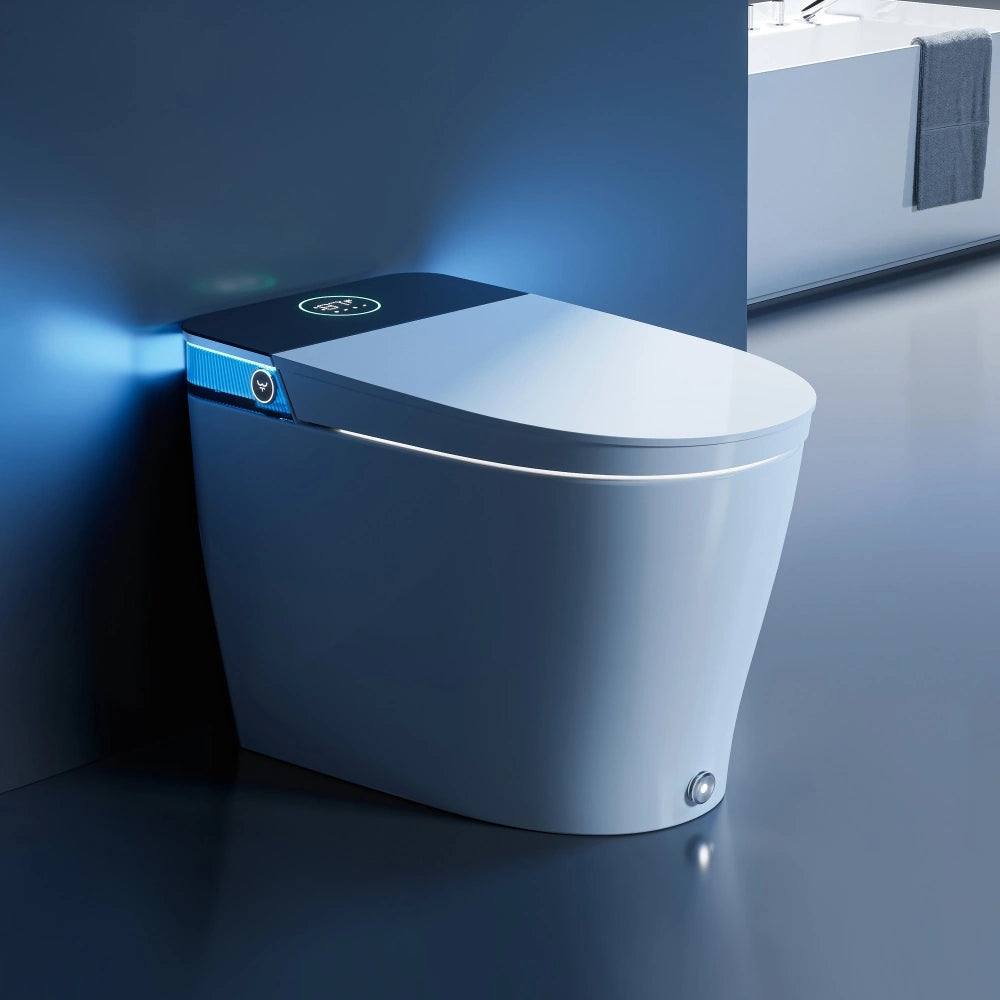
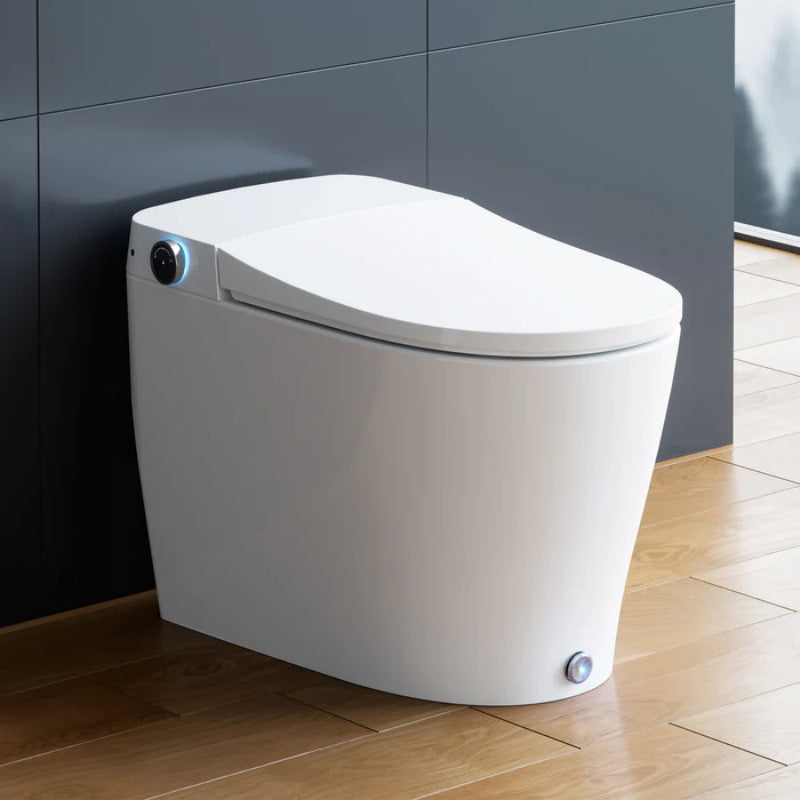
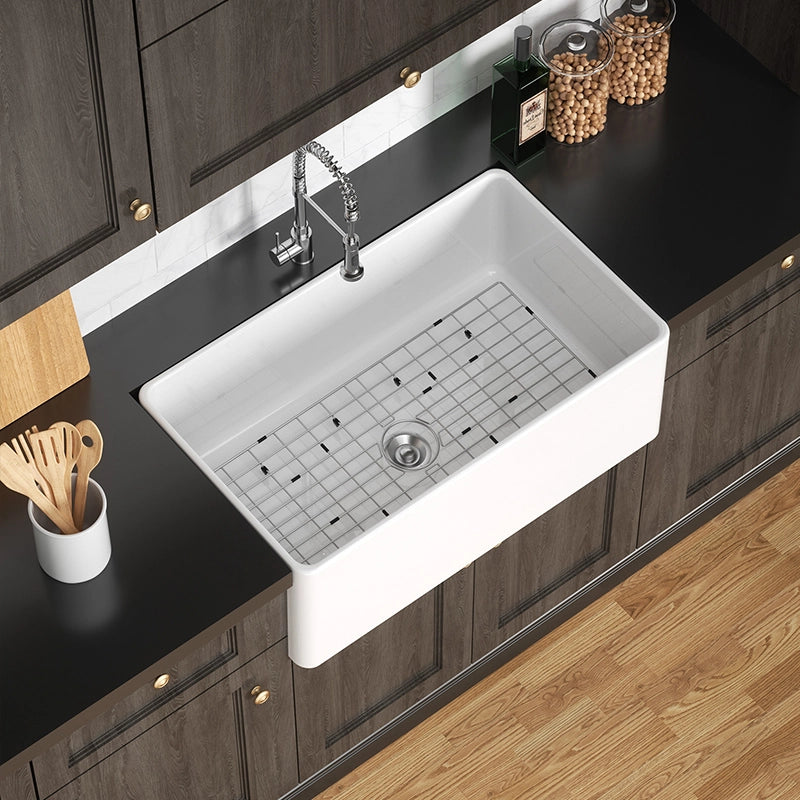
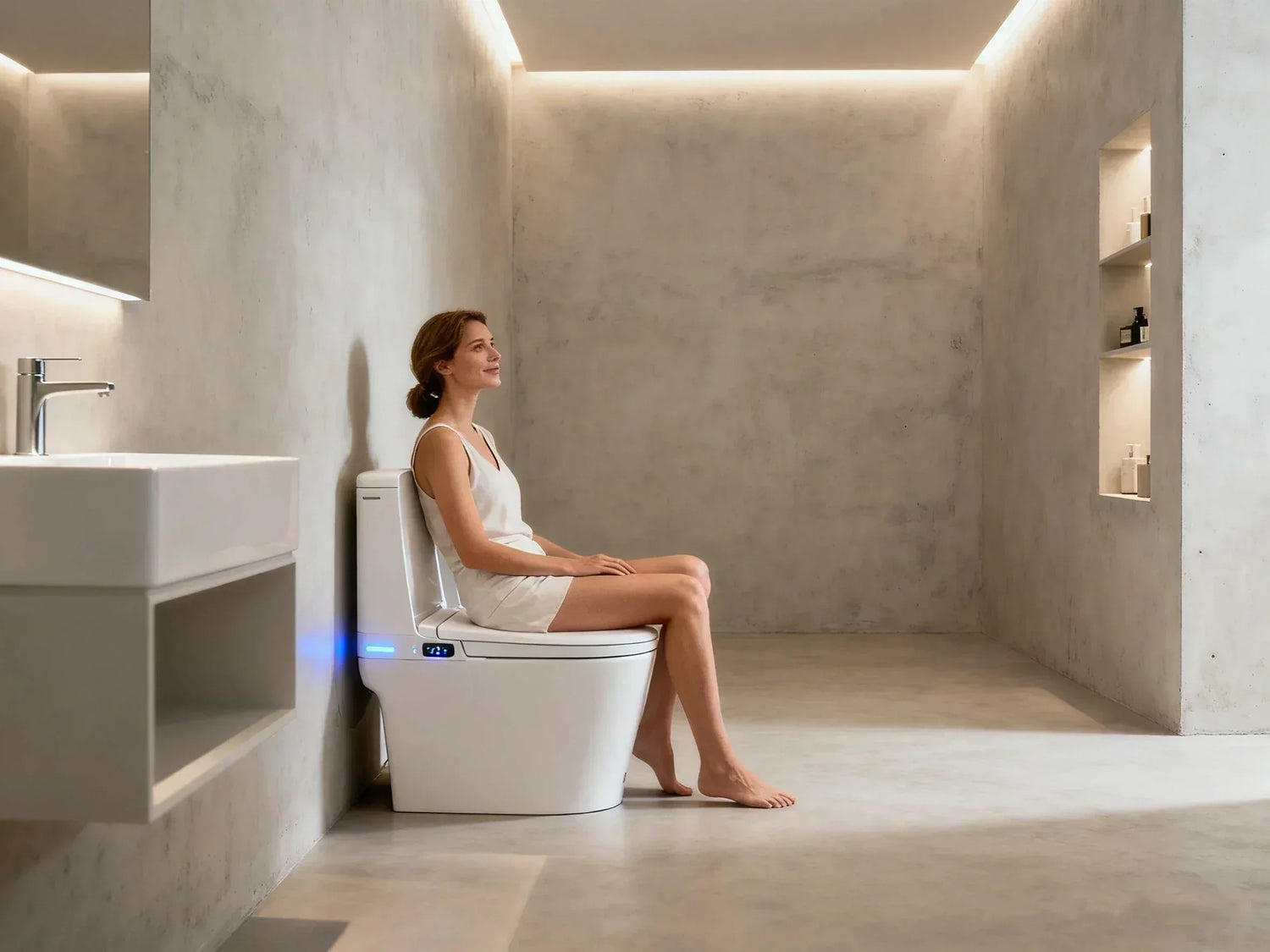
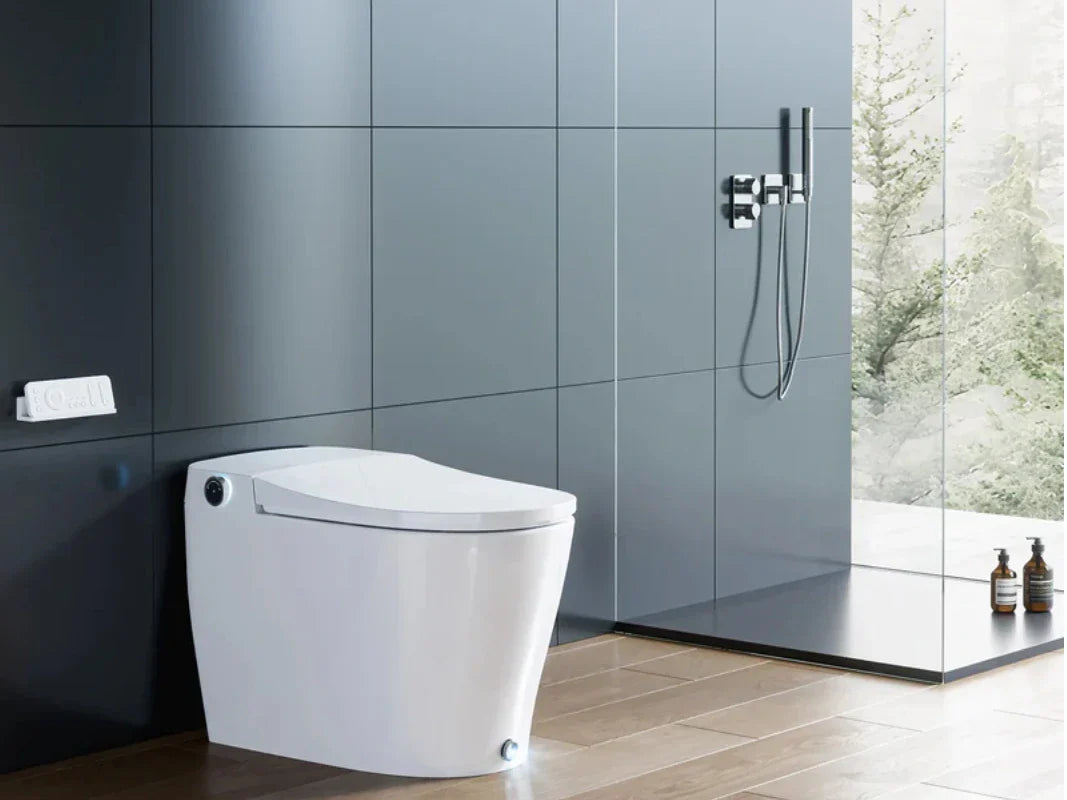


Leave a comment
This site is protected by hCaptcha and the hCaptcha Privacy Policy and Terms of Service apply.